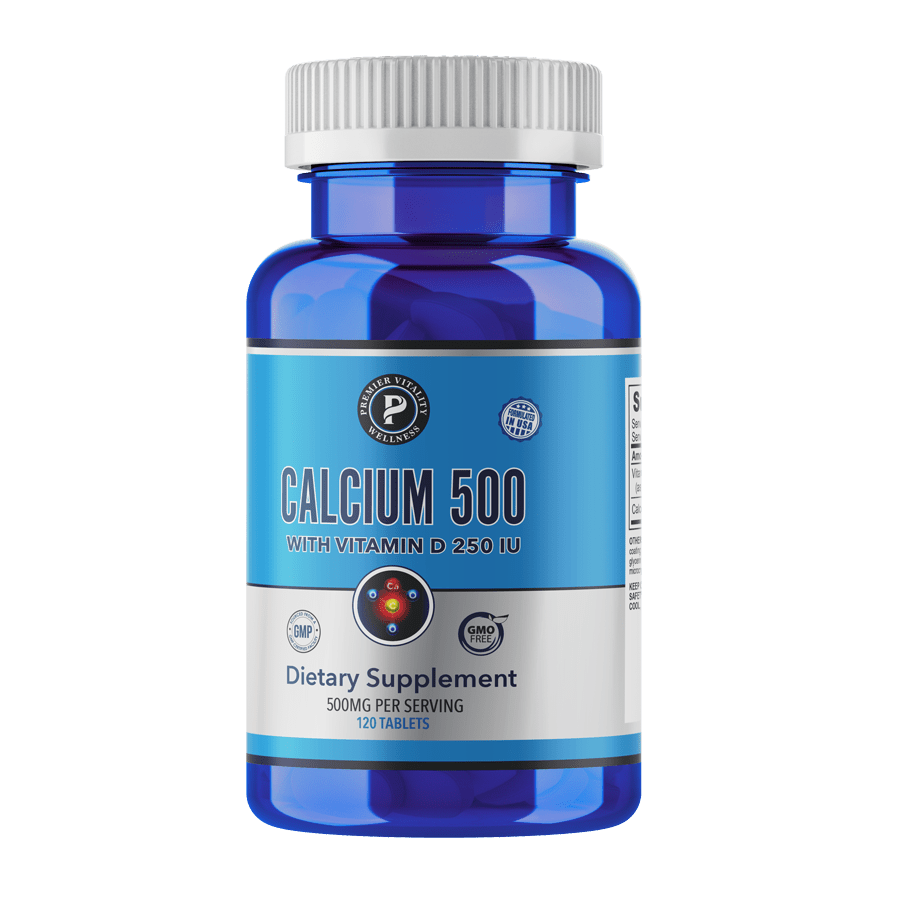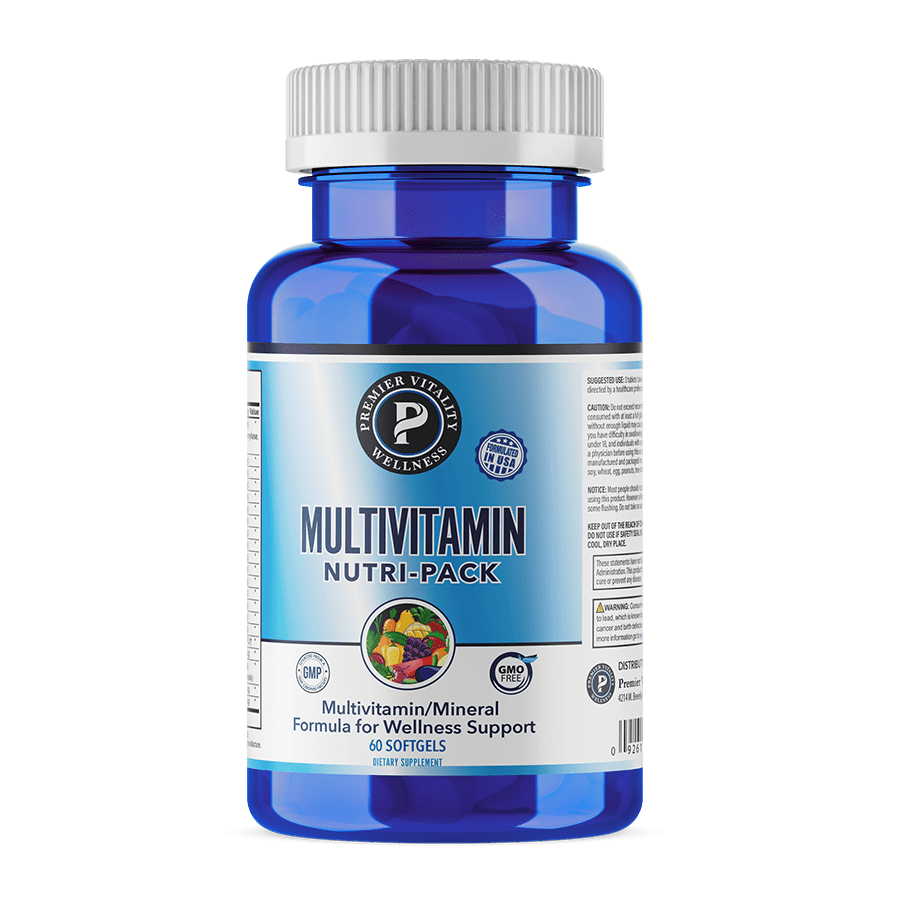Health Care
What Is Preventive Medicine?
In addition to screening patients for conditions, injuries, and diseases related to their medical complaints, physicians regularly screen patients for preventable diseases and conditions. Still, Americans use preventive services at half of the rate they should. In fact, one study published in the American Journal of Preventive Medicine showed that more than 15% of all deaths in 2010 could have been prevented through rigorous preventive medicine protocols.
Which Preventive Medicine Screenings Should You Receive, and When?
When you visit Dr. Guzman’s office you will be screened for fever, high blood pressure, and obesity. This is simply done by taking your temperature, blood pressure, and weight at the beginning of every appointment.
Most preventive health exams and tests are covered by standard health insurance and can be scheduled at your convenience. Contact us today and learn about all the preventive medical services we offer.
Additionally, specialized testing may be ordered on the following schedule:
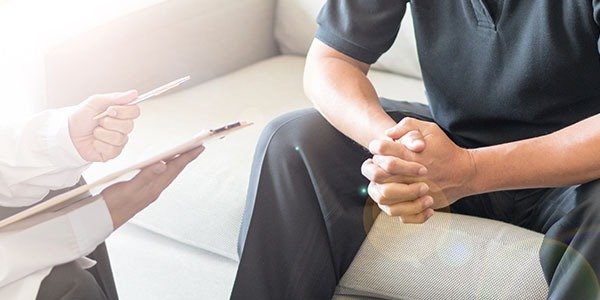
Prostate Exam
Every year beginning at age 45 if there is no history of prostate problems.
Video - Prostate Cancer
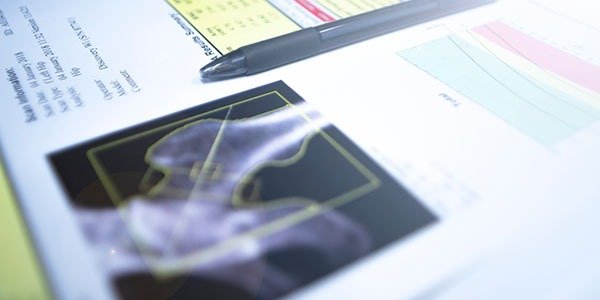
Bone Density Test
Women over the age 65.
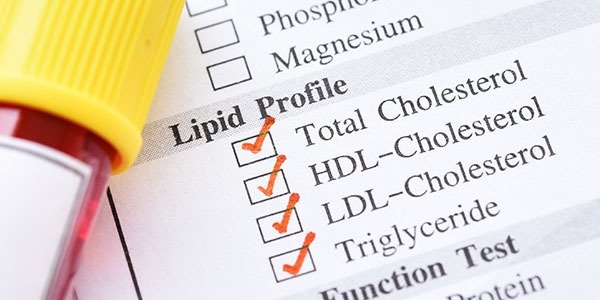
Cholesterol Screening
Every five years beginning at age 35.
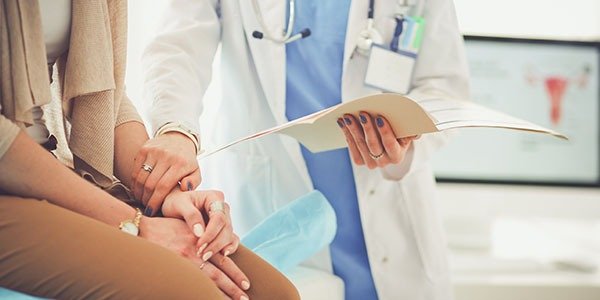
Pap Test
Every three years beginning at age 21.
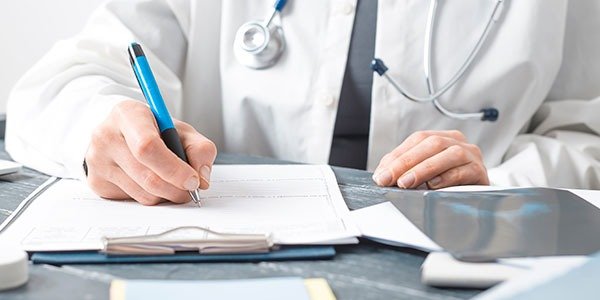
Colonoscopy
Adult over the age of 50, unless there is a family history of colorectal cancer.
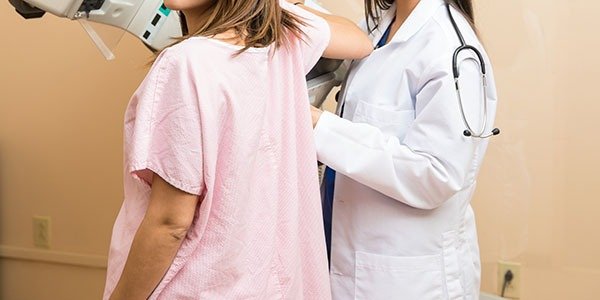
Mammogram
Every two years beginning at age 50, unless there is a family history.
How do you do a breast self-exam?
- Check your underwear for any type of discharge. If you notice any, seek professional health care advice immediately.
- Actual check. Remove your bra and stand in front of the mirror, put your arms down and start by looking at any visual changes you may see, such as lumps, irregularities, or changes of the contour of your breast. Then lift up your arms and check for the same irregularities as well.
- Check the condition of your skin. Make sure that there is no color change, rash, or redness around your breasts. One of the most important signs to check for is an “orange peel” skin type, which is something to notify your doctor about.
- Self exam in a standing position. The best way to do this is while taking a shower. Gently palpate your breasts for any lumps or changes. Use your right arm to check your left breast and vice versa. Perform circulating motions while doing that.
- You can also self exam in a laying down position. Do exactly the same check as it is described earlier in point number four. Follow the same instructions in this lying down position.
- Check for nipple irregularity. Check for any changes such as color, shape, alterations or cracks and lumps under the nipple.
- It is important to notify your physician if you see any irregularities or inconsistencies in your examination. This can help you prevent any early stages of abnormalities.

